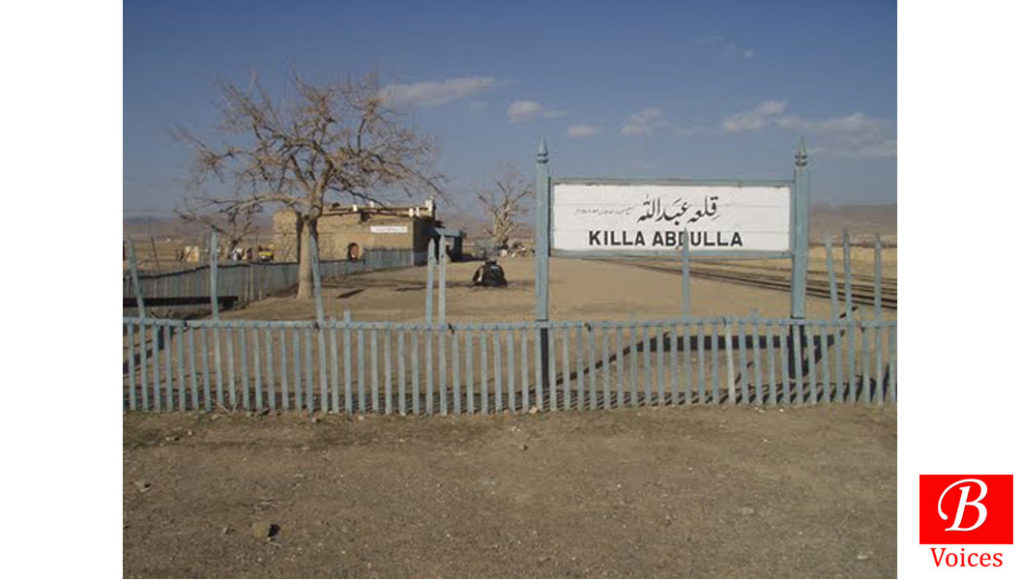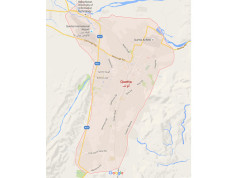 Mobashar Ahmed
Mobashar Ahmed
Qilla Abdullah lies in the foothills of Shela Bagh mountain range. Bordered by Quetta district in the south, Pishin district in the east and by Afghanistan in the west. It was separated from Pishin district and made a new district in 1993. The district has two sub-divisions namely Chaman and Gulistan.
A shelter district to millions of Afghan refugees since the Soviet invasion of Afghanistan and a home to about Four hundred thousand inhabitants has been left far behind than other districts of Pakistan in Development, Education, Healthcare, and most importantly standard of life.
On the map of poverty in Pakistan, the poorest areas are in Balochistan and Qilla Abdullah being the poorest of all. The life of the residents resembles that of stone ages with lots of problems- no gas, no electricity being the major ones. People use firewood for cooking.
A report issued by United Nations Development Program (UNDP) and Government of Pakistan says that out of 32 districts in Balochistan only Quetta has Incidence of Poverty (IOP) of around 50%, while other districts have IOP over 70% and Qilla Abdullah being the lowest has more than 90% of poverty.
In the district shortages of water and recurrent droughts has blocked the transformation of agriculture. The major cause of poverty in the district is the lack of access to productive assets and financial resources. Highly dangerous level of illiteracy, poor health care and extremely narrow access to social services are common in the district.
The relationship between education and economic development is a proven fact in literature. Financing education is essential for the future and betterment of generations. But unfortunately successive governments and the representatives of the district have never given attention to the matter. The irony of the fact is that Balochistan in general and Qilla Abdullah in particular was never allocated with the necessary amount of budget for education and the limited amount assigned was never spent of education in the district.
Pakistan Poverty Alleviation Fund (PPAF) in its development profile of the year 2015 shows that 71% of children of 5-9 years of age group and 58% of children of 10-14 years of age group are out of school in Qilla Abdullah. The Development Statistics of Balochistan 2013-14 (the only available one) shows there are only 35 Government Middle schools and 32 Government High schools in the district. About 40% of the schools have boundary walls, only 12% have latrine availability, 21% have electricity availability, 55% drinking water availability and only 13% of schools have satisfactory building conditions.
Pakistan, and particularly Balochistan has been facing the madness of extremism from past two decades and it wouldn’t be unfair to suggest that poverty and illiteracy are the key reasons behind. It is the poverty and illiteracy graphs that need to be declined in order to get rid of ethnic insurgency and extremism as some may like to call them. The district demand special attention from the government and the representatives of the district to come up with a decent policy to eradicate poverty and illiteracy and raise the standard of life in the district.
Writer is a student at UET and blogs at https://makachakzai.wordpress.com
Share your comments!








